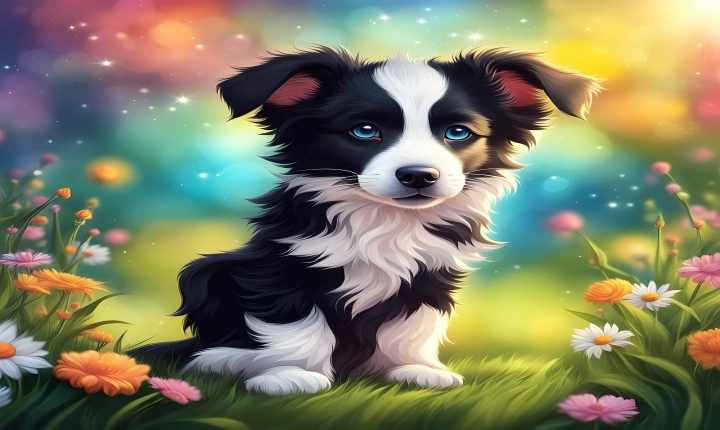Can ChatGPT Create Logos?
In today’s fast-paced digital age, businesses and individuals are constantly seeking new ways to streamline their operations and save time and resources. One area that has seen significant advancements is in the field of graphic design and branding. Logo creation is an essential aspect of establishing a brand’s identity, but can artificial intelligence (AI) really take on the task of designing logos?
ChatGPT, an AI model developed by OpenAI, has gained attention for its natural language processing and generation capabilities. While it was not specifically designed for logo creation, it has been used for a wide range of tasks such as writing content, translating languages, and even generating code. With its ability to understand and respond to human language, some have wondered whether ChatGPT can also be used for logo design.
The concept of using AI for logo design is not entirely new. There are already various AI-powered tools and platforms that offer logo generation services. These systems typically work by allowing users to input their business name, industry, and design preferences, after which the AI algorithm generates a set of potential logo designs.
ChatGPT, however, operates primarily as a language model, and it lacks the visual understanding and design capabilities of a dedicated graphic design tool. While it can understand and process textual descriptions and can be prompted to generate descriptions and concepts related to a logo, it does not possess the ability to create visual artwork or understand the principles of design composition, color theory, and typography.
The creation of a logo involves much more than just the visual representation of a company or brand name. It requires an understanding of a company’s values, target audience, and the ability to capture the essence of the brand in a way that resonates with the viewer. Logos are a visual representation of a brand’s identity and must be carefully crafted to convey the right message.
Moreover, creating a logo also involves legal and ethical considerations, as it is essential to ensure that the design is original and does not infringe on existing trademarks or copyrights. While AI can assist in generating ideas and concepts, human intervention and creativity are essential to ensure that the final design is legally and ethically sound.
Despite the limitations of using ChatGPT for logo design, it can still play a valuable role in the initial brainstorming and ideation phase. By generating textual descriptions and concepts based on user input, it can help inspire and guide designers when creating logos. It can also be a useful tool for generating copy or messaging that can accompany the logo.
In conclusion, while ChatGPT may not be capable of creating logos in the same way a professional designer can, it can still be a valuable resource in the logo design process. Its ability to understand and generate language can assist designers in the ideation phase and help them communicate their ideas effectively. However, the actual design and execution of the logo or any visual artwork should still remain firmly in the hands of skilled human designers who can understand the intricacies and nuances of visual communication.
